Throttle Mismanagement: A T-38 Lesson That Stuck
Air Facts
MAY 14, 2025
After closing the speed brakes and raising the gear and flaps, I turned crosswind at the departure end. The final turn in the T-38 is a nose-low, 180-degree turn designed to arrive on final one mile from the threshold at 500 feet AGL. The threshold slid past my right shoulder as I began my flare. I continued down final.


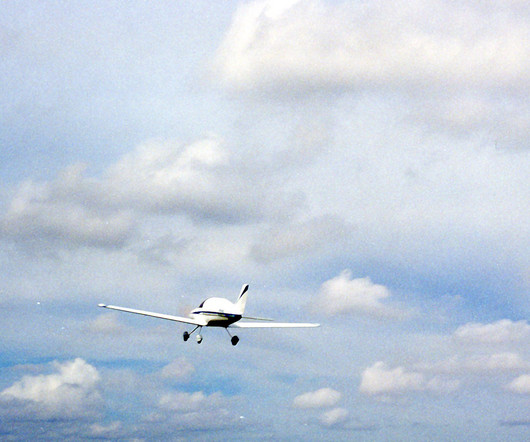


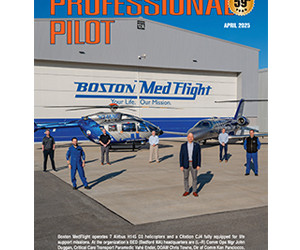

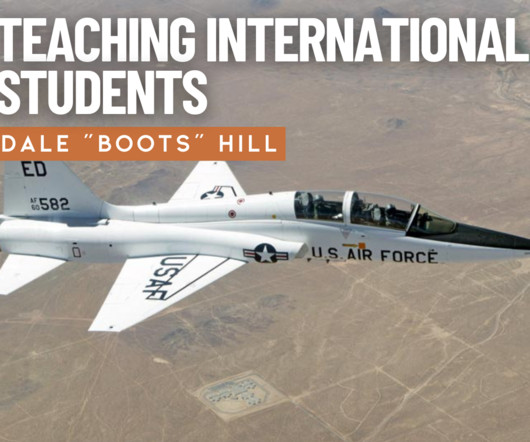
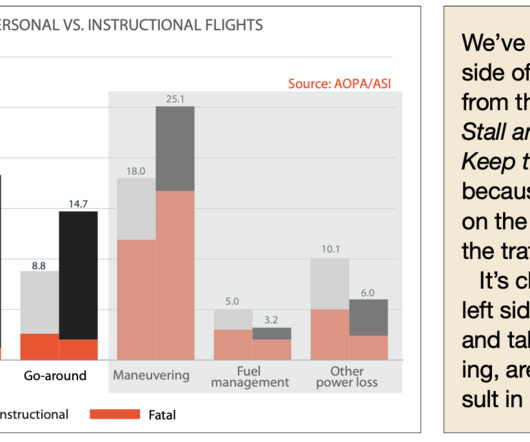
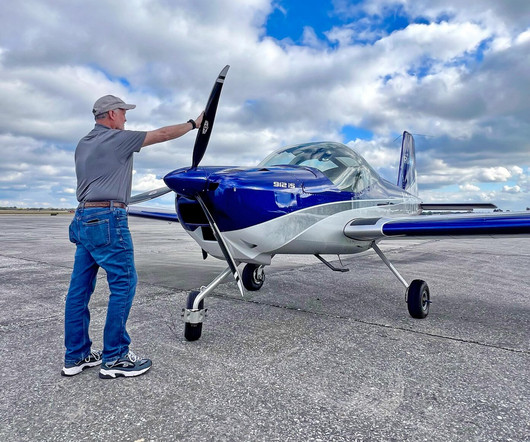

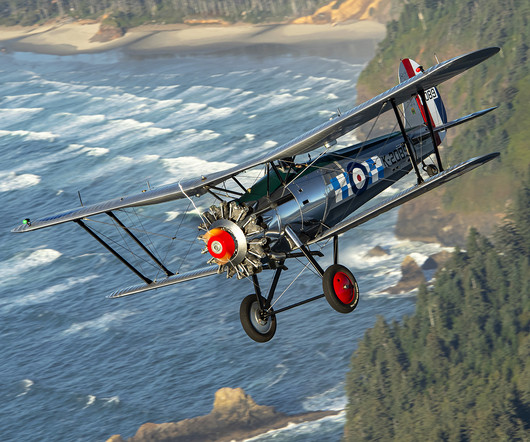
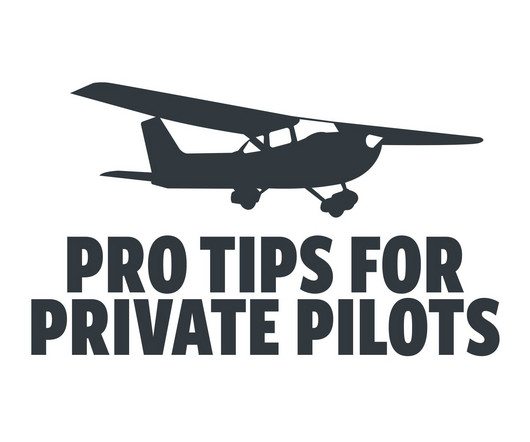








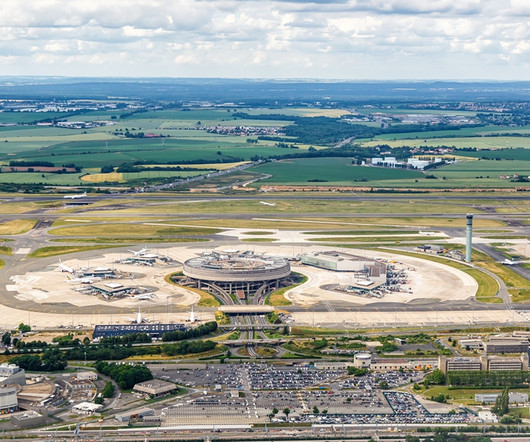
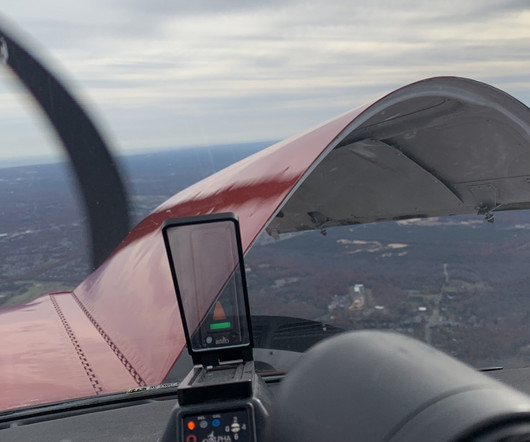
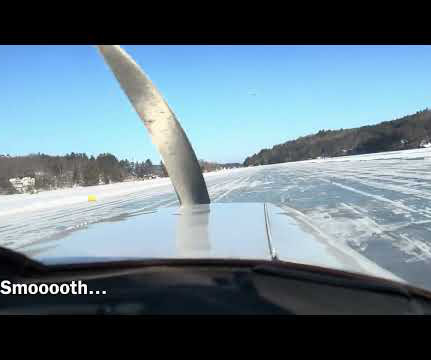
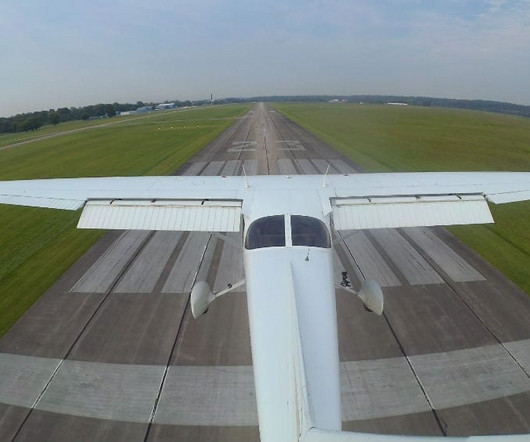






Let's personalize your content